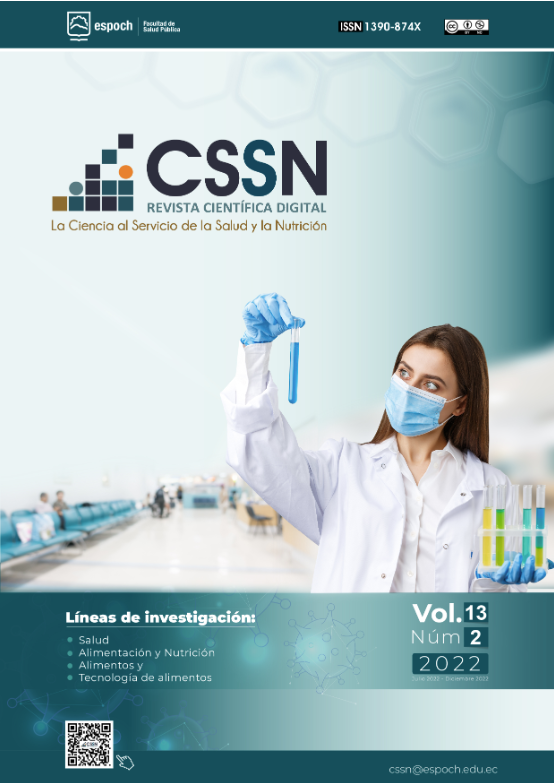Factors affecting phage development and anti-phage defence systems in Staphylococcus aureus
Factors affecting phage development and anti-phage defence systems in Staphylococcus aureus
Resumen
Staphylococcus aureus is one of the most common human pathogens worldwide. The emergence of antibiotic-resistant strains of S. aureus has prompted the development of alternative therapeutic approaches such as phage therapy. Recent clinical trials have proven the efficacy of phage therapy. However, the selection pressure has led to the emergence of phage-resistant phenotypes or novel bacterial anti-phage defence systems. In a recent study, through wide-scale screening and genome- wide association study (GWAS) techniques, six novel genes affecting bacterial growth and phage development were reported in S. aureus, but yet more studies are required to explain how exactly these genes affect phage development. Anti-phage defence systems, on the other hand, are not required for bacterial growth and target specifically incoming phage DNA. So far, in S. aureus only two such systems have been well characterised: clustered regularly interspaced short palindromic repeats (CRISPR-Cas) and restriction-modification (R-M) systems. Novel systems were recently discovered in E. coli and Bacilli species. Among these systems, homologues for Thoeris, Hachiman, Gabija and Lamassu have been found in certain strains of S. aureus. The knowledge of factors affecting phage infection will improve the design of phage therapies or the formulation of phage cocktails. Furthermore, drugs inhibiting those factors could be developed and implemented in phage adjunctive therapies. Here, we summarise recent advances regarding factors affecting phage development in S. aureus and anti-phage
defence systems that are either ubiquitous in S. aureus or are present only in certain strains.









